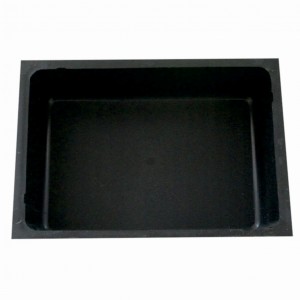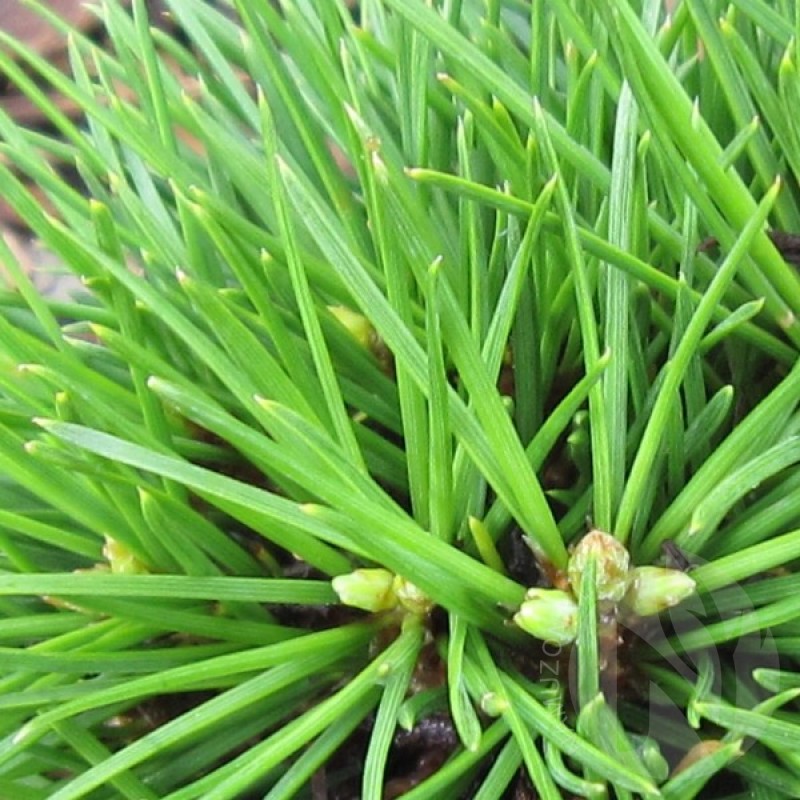
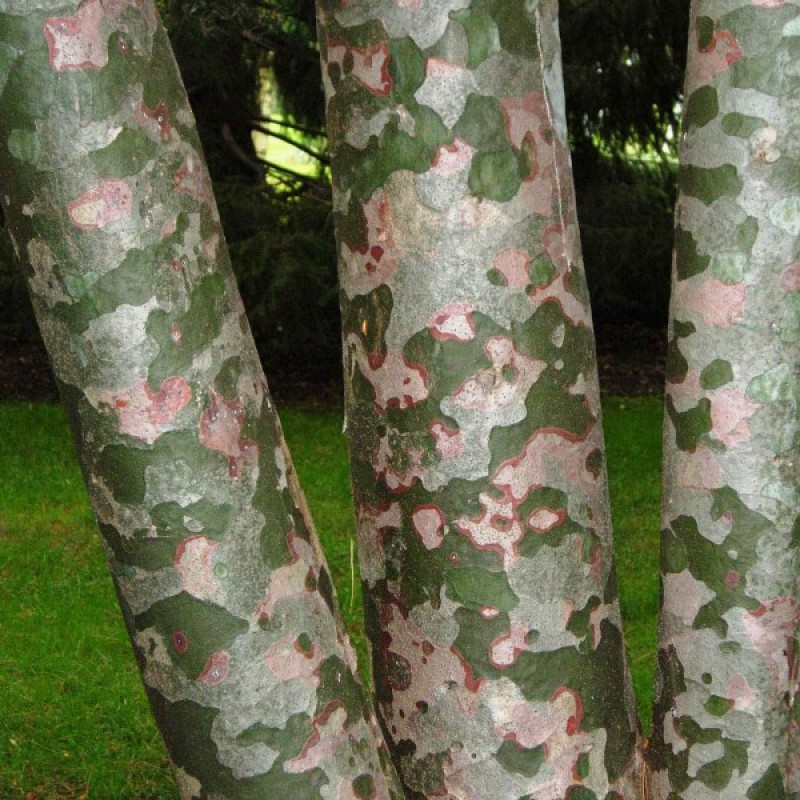
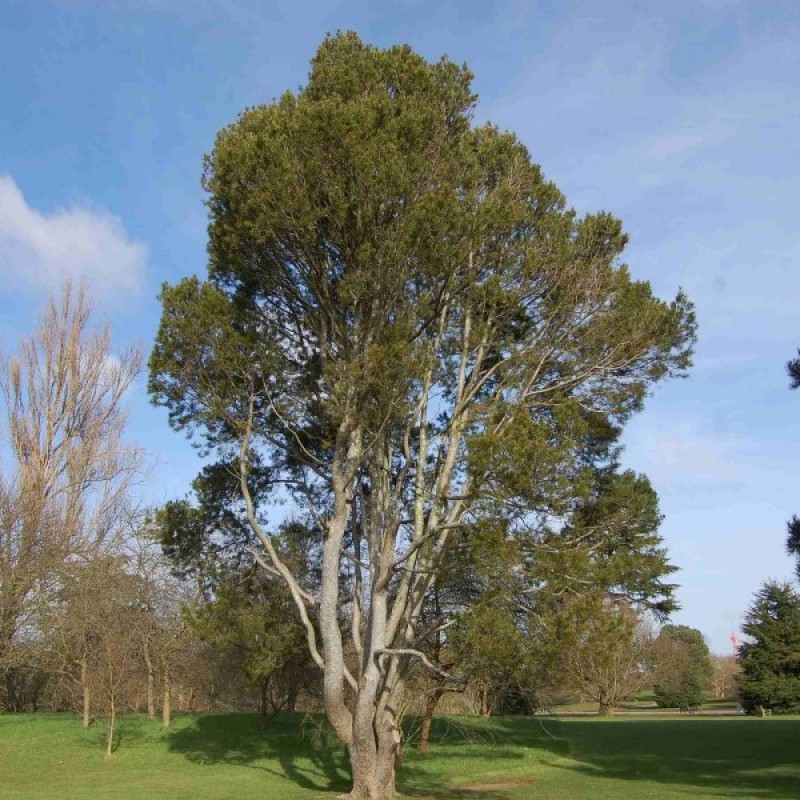
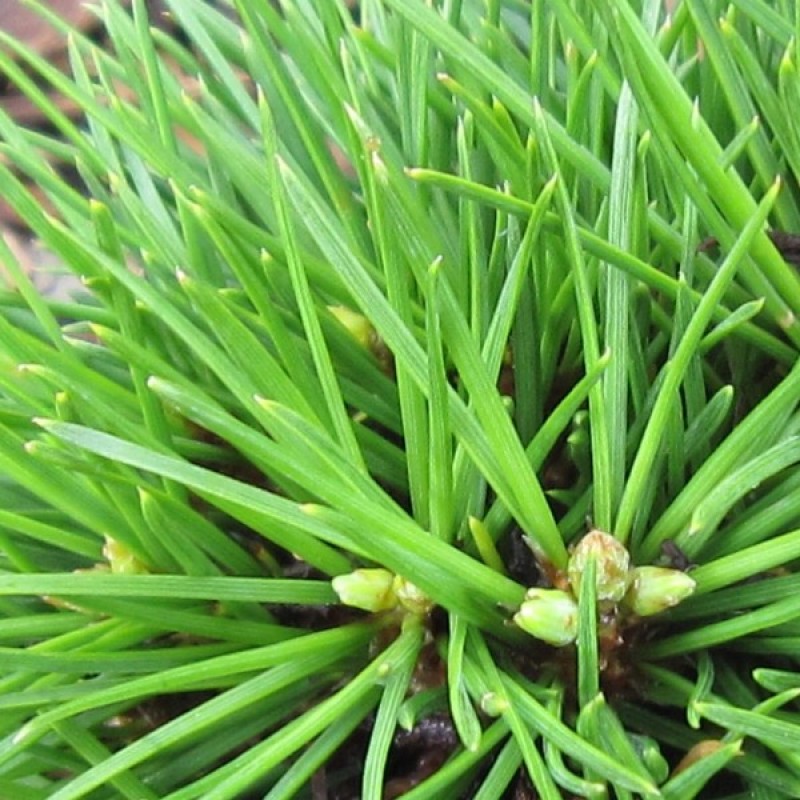
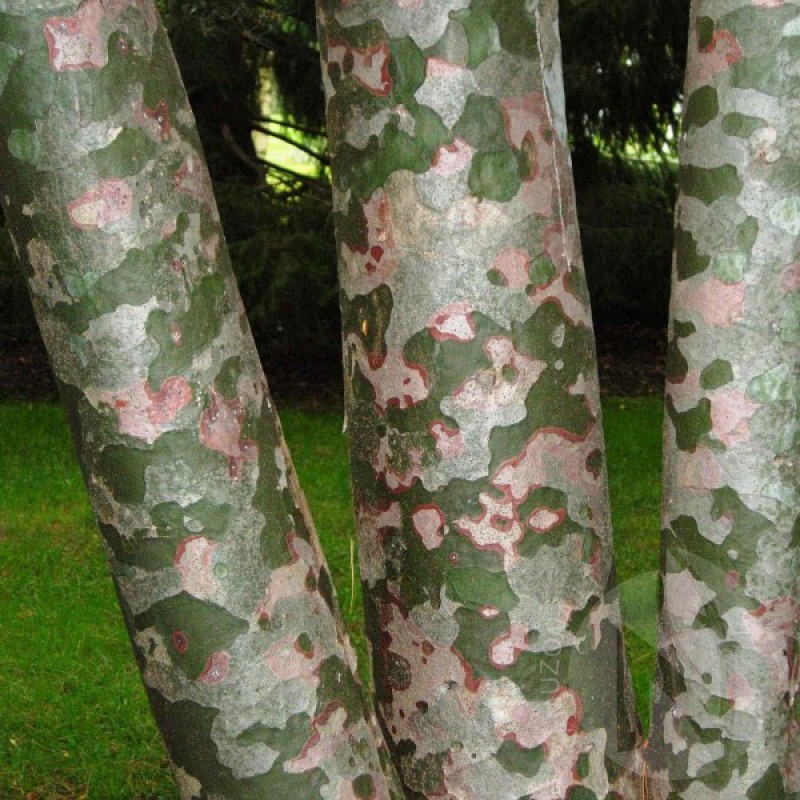
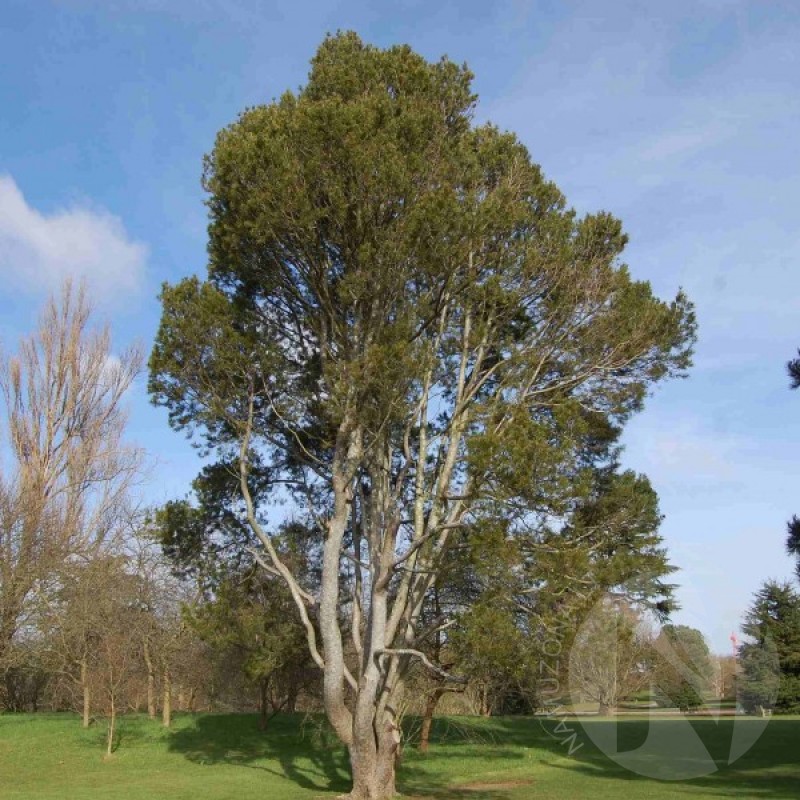
PAY ATTENTION!
All seeds (except SOLD OUT) are available for immediate shipping and will be dispatched within 1-2 business days.
INFORMATION NEEDED? PLEASE CONTACT US NOW!
Fantastic multi-colored bark and a vase-shaped habit lend this elegant tree true distinction in the landscape. The lacebark pine, a native of China, is a hardy, slow-growing multi-trunked species prized mainly for its platy but smooth ornamental bark, which is mottled with irregular patches of red-brown, cream, light green and gray-green that make harmonious, almost artistic compositions. The needles are yellow-green, of medium length, and borne in clusters of three. Its redbrown cones are small, squat and attractive to wildlife.
This species excels in full sun and fertile soil with good drainage. It is ideally used as a specimen tree in the landscape.
Prefers a deep loamy soil. Thrives in a light well-drained sandy or gravelly loam. Dislikes poorly drained moorland soils. Established plants tolerate drought, succeeding in hot dry sites.
Plants are strongly outbreeding, self-fertilized seed usually grows poorly. They hybridize freely with other members of this genus. Plants in this genus are notably susceptible to honey fungus.
Genus - Pinus
Species - Bungeana
Common name - Lacebark Pine
Pre-Treatment - Not-required
Hardiness zones - 4 - 7
Height - 50-75' / 15 - 23(60) m
Spread - 20-35' / 6 - 11(25) m
Plant type - Tree
Vegetation type - Ornamental evergreen
Exposure - Full Sun
Growth rate - Medium
Soil PH - Acidic, Neutral
Soil type - Loam, Sand, Well Drained
Water requirements - Average Water
Landscape uses - Feature Plant
Leaf / Flower color - Yellow Green / --
GERMINATION INSTRUCTIONS
1. Place the seeds in a container with tepid water and soak them for 24 hours. Change the water and wait another 24 hours.
2. Fill small pots with compost. Place one or two pine seeds on top of the compost in each pot, then cover the seeds with a thin layer (10 mm) of sand.
3. Water the sand and compost to add moisture, then place the pots in a warm, sunny location. As the seedlings emerge and grow, the soil needs to remain moist, not wet.
4. Repot the pine trees into medium-sized pots in the fall. Grow them in the pots for the following season until they are large and strong enough for transplanting into the landscape.
No questions about this product.







